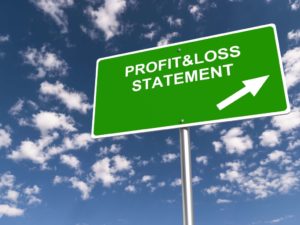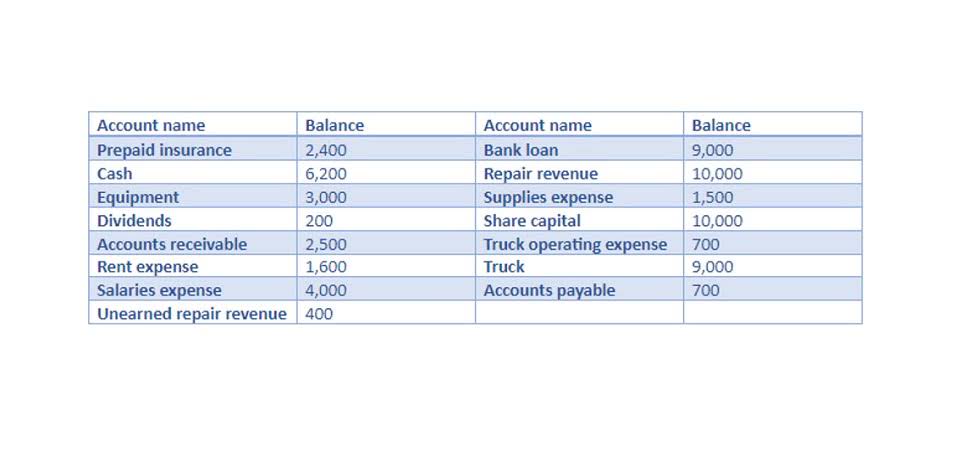
The percentage-of-sales method is used to develop a budgeted set of financial statements. Each historical expense is converted into a percentage of net sales, and these percentages are then applied to the forecasted sales level in the budget period. For example, if the historical cost of goods sold as a percentage of sales has been 42%, then the same percentage is applied to the forecasted sales level.
Brighten Your Financial Forecast With Joist

This approach ties marketing expenditures directly to sales performance, helping businesses allocate resources based on their revenue generation. By using this method, organizations can create a more responsive budget that adjusts with their sales fluctuations, linking financial planning to actual market performance. Then you apply these percentages to the current sales figures to create a financial forecast, which includes the income and spending accounts. For the percentage-of-sales method to yield accurate forecasts, it is best to apply it only to selected expenses and balance sheet items that have a proven record of closely correlating with sales.
Ask a Financial Professional Any Question
Since the cost of acquiring the products is increasing, the organization wants to determine whether it must increase the price of the t-shirts. Divide your line item amounts by the total sales revenue amount to get your percentage. To determine her forecasted sales, she would use the following equation. Learn how to use the sales revenue formula so you can gauge your company’s continued viability and forecast more accurately. Liz’s final step is to use the percentages she calculated in step 3 to look at the balance forecasts under an assumption of $66,000 in sales. If her sales increase by 10 percent, she can expect your total sales value in the upcoming month to be $66,000.
How to Apply the Percent of Sales Method
This number may seem small, but it’s crucial when you remember that she’s hoping for an increase of sales next month of $1,978. With a BDE of $1,100, she might be looking at merely an extra $878, which significantly impacts any new purchases she might be looking to make. The company then uses the results of this method to make adjustments for the future based on their financial outlook. For example, if you’re going through a significant expansion or just starting up, you can anticipate spending more than you bring in.
Get in Touch With a Financial Advisor
The percentage-of-sales method is a financial forecasting model that assesses a company’s financial future by making financial forecasts based on monthly sales revenue and current sales data. The percentage of sales method predicts future finances based on current revenue. It looks at financial items like the cost of goods sold (COGS) and accounts receivable as a percentage of your total sales. This information about past sales data helps you predict future financial performance. This forecasting method uses estimated overarching sales growth to determine changes to any financial line items that directly correlate to sales. This is commonly done by percentage — if you know the percent amount your sales will increase, you can apply that to all line items as well, both assets and expenses.

- For the percentage-of-sales method, you need the historical goods sold sales percentage and the other relevant percentages based on past sales behavior.
- The percentage of sales method allows you to forecast financial changes based on previous sales and spending accounts.
- He would then apply those percentages to $400,000, rather than the $250,000 from this year.
- Your bad debt allowance is usually some percentage of accounts receivable, so that’s also correlated, according to Online Accounting.
- Understanding and utilizing the Percent of Sales Method can help learners and professionals alike make informed and strategic business decisions.
- According to the team at Lumen Learning, no matter how you arrive at the amount, the percentage of receivables method is essentially a way of calculating uncollectable accounts.
The Percent of Sales Method involves projecting future financial metrics by applying a consistent percentage to expected sales figures. This percentage is typically derived from historical data, making the percentage of sales approach process relatively simple and intuitive. For example, if a company historically spends 10% of its sales revenue on advertising, it can predict future advertising expenses by applying this percentage to its projected sales. The percentage of sales method refers to a financial forecasting model that enables a business to predict financial alterations based on spending accounts and past and current sales.

For example, if your supplier gives you a raw materials discount above a certain quantity, that will throw the correlation off when you hit the trigger level. A retail company uses the Percent of Sales Method to budget for its marketing and operating expenses. Over the past three years, the company found that its marketing expenses averaged 8% of total sales, while its operating expenses averaged 12%. For the upcoming year, the company projects sales of $5 million. Checking up to see how the actual figure is progressing against the predicted one helps to manage accounts receivable accordingly and tighten collection processes for businesses.
Related AccountingTools Courses

Multiply that number by 100 to provide the percentage of sales to costs. Businesses can use different methods to arrive at an actual number, and they use this estimate to offset their projected gross income or sales for the year. They may use past percentages, compare their numbers to businesses in the same sector, other factors, or a combination of these. According to the team at Lumen Learning, no matter how you arrive at the amount, the https://www.bookstime.com/ percentage of receivables method is essentially a way of calculating uncollectable accounts. Most business owners will want to forecast things like cash, accounts receivable, accounts payable and net income.
Along with the basic disagreement between management and advertisers over what drives sales, the percentage-of-sales method is seen as too strict for proper allocation of funds. While well-producing products receive the lion’s share of advertising, products that are new to the market, redesigned or can benefit from an increase in advertising often go underfunded. The percentage-of-sales method is also seen as inflexible, lacking the ability to deal with changing market conditions. The downside to using the Percentage of Net Sales Method is that it can be subject to manipulation if sales figures are not properly monitored or reported accurately. Additionally, it does not take into account changes in inventory costs over time https://www.instagram.com/bookstime_inc or fluctuations in the demand for certain products. Fixed payments, such as rent and internet, don’t change, regardless of how much or how little you sell.


Comentarios recientes